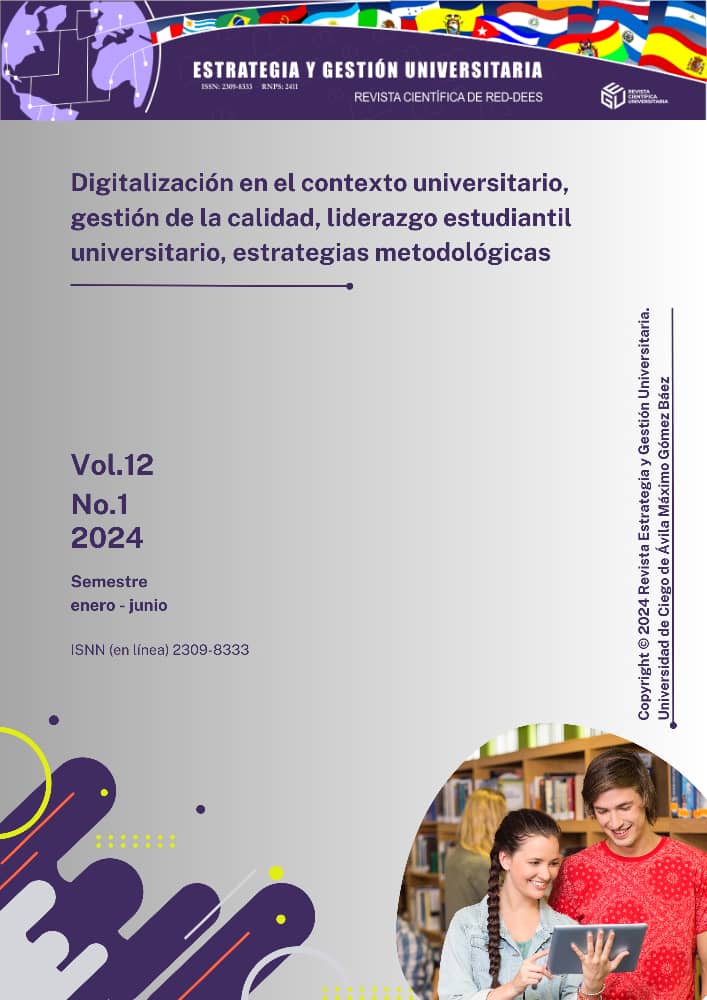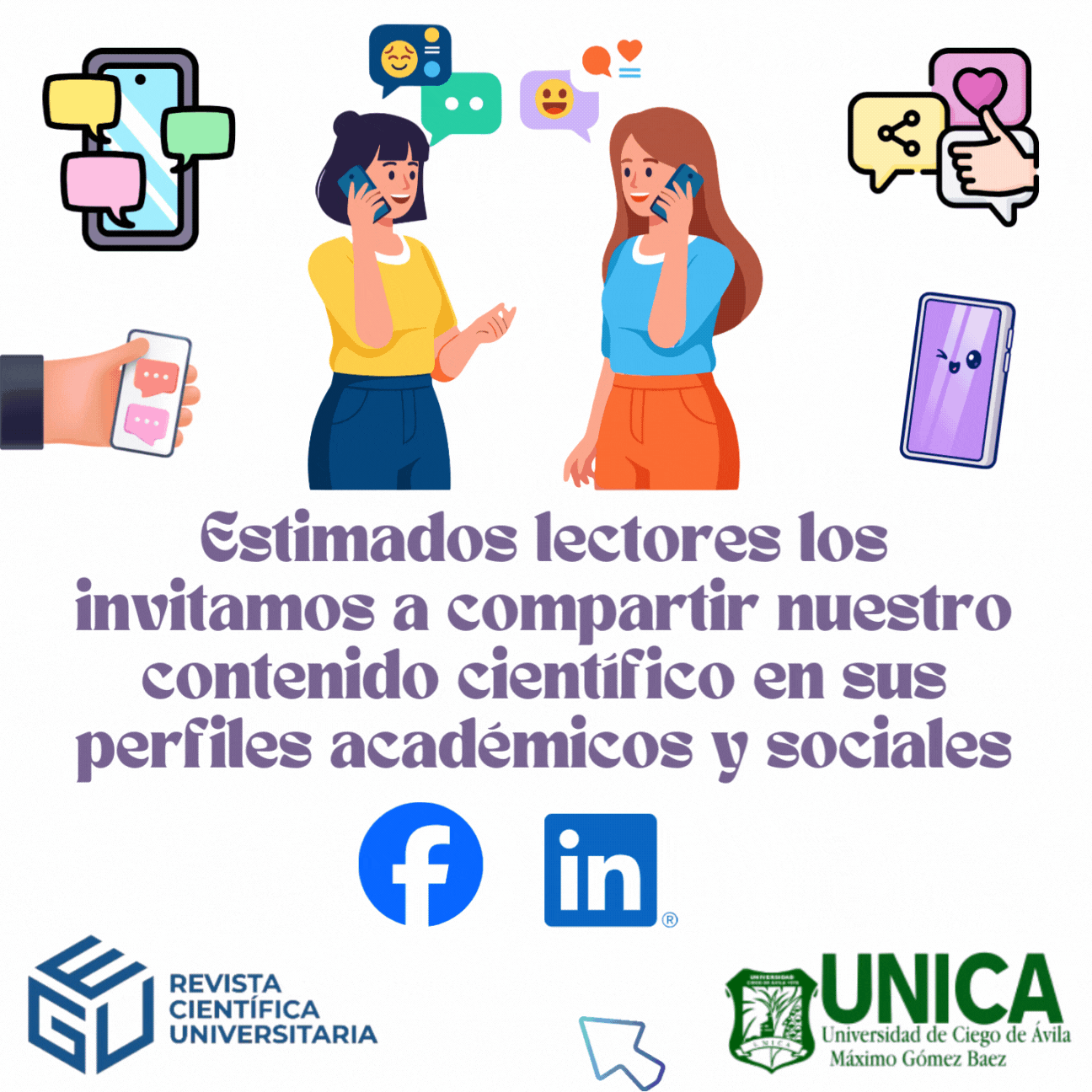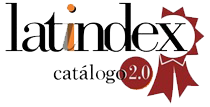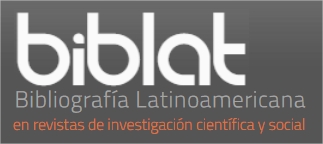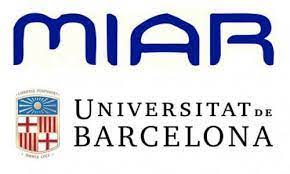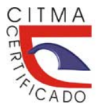Processos de inovação aberta em universidades
DOI:
https://doi.org/10.5281/zenodo.11187929Palavras-chave:
inovação aberta, fluxos de conhecimento, pesquisa colaborativa, capacidade de absorção, infraestruturaResumo
Introdução: as universidades são essenciais na geração e disseminação de conhecimento, transcendendo sua função tradicional de ensino para liderar pesquisas aplicadas e colaborar com o setor empresarial. A Inovação Aberta (IA) surge então como uma abordagem estratégica que impulsiona a interação entre universidades, indústria e outros atores do ecossistema inovador. Objetivo: investigar os antecedentes organizacionais que impulsionam as entradas e saídas de conhecimento de forma integrada no contexto universitário no âmbito da IA. Método: para examinar os antecedentes organizacionais associados à IA nas universidades, empregamos o método de regressão múltipla, com foco no contexto brasileiro. Resultados: os resultados indicam que a pesquisa colaborativa e a capacidade de absorção são elementos fundamentais para estimular a inovação, enquanto a infraestrutura universitária tem um impacto mais limitado na geração de pesquisa acadêmica. Conclusão: a capacidade de colaboração e absorção revela-se como estratégias-chave para promover a inovação no ambiente universitário, o que poderá melhorar as políticas e práticas universitárias ligadas ao desenvolvimento socioeconómico.
Downloads
Referências
Arvanitis, S., Lokshin, B., Mohnen, P., & Wörter, M. (2015). Impact of External Knowledge Acquisition Strategies on Innovation: A Comparative Study Based on Dutch and Swiss Panel Data. Review of Industrial Organization, 46, 359–382. https://doi.org/10.1007/s11151-015-9450-7
Audretsch, D. B. (2014). From the entrepreneurial university to the university for the entrepreneurial Society. The Journal of Technology Transfer, 39, 313–321. https://doi.org/10.1007/s10961-012-9288-1
Băban, C. F., Băban, M., & Rangone, A. (2022). Outcomes of industry–university collaboration in open innovation: an exploratory investigation of their antecedents’ impact based on a PLS-SEM and soft computing approach. Mathematics, 10(6), 931. https://doi.org/10.3390/math10060931
Bell, G. G. (2005). Clusters, networks, and firm innovativeness. Strategic Management Journal, 26(3), 287-295. https://doi.org/10.1002/smj.448
Brenner, T., Cantner, U., Fornahl, D., Fromhold, M., & Werker, C. (2011). Regional innovation systems, clusters, and knowledge networking. Regional Science, 90(2), 243–249. https://doi.org/10.1111/j.1435-5957.2011.00368
Cheng, H., Zhang, Z., Huang, Q., & Liao, Z. (2020). The effect of university–industry collaboration policy on universities’ knowledge innovation and achievements transformation: Based on innovation chain. Journal of Technology Transfer, 45, 522–543. https://doi.org/10.1007/s10961-018-9653-9
Cohen, W.M. and Levinthal, D.A. (1990). Absorptive capacity: a new perspective on learning and innovation. Administrative Science Quarterly, 35(1), 128–152.
Cowan, R., & Zinovyeva, N. (2013). University effects on regional innovation. Research Policy, 42(3), 788–800. https://doi.org/10.1016/j.respol.2012.10.001
Davies, G. H., Flanagan, J., Bolton, D., Roderick, S., & Joyce, N. (2021). University knowledge spillover from an open innovation technology transfer context. Knowledge Management Research & Practice, 19(1), 84–93. https://doi.org/10.1080/14778238.2020.1746204
Davies, G. H., Flanagan, J., Bolton, D., Roderick, S., & Joyce, N. (2021). University knowledge spillover from an open innovation technology transfer context. Knowledge Management Research & Practice, 19(1), 84–93. https://doi.org/10.1080/14778238.2020.1746204
Etzkowitz, H. and Leydesdorff, L. (1995) ‘The triple helix --university-industry-government relations: a laboratory for knowledge based economic development’, EASST.
Falco, S. E. De, Renzi, A., Orlando, B., Cucari, N., Esposito, S., Renzi, A., Orlando, B. (2017). Open collaborative innovation and digital platforms. Production Planning & Control, 28(16), 1344–1353. https://doi.org/10.1080/09537287.2017.1375143
Figueroa, N. Y., Olaya, E. S., & Castro, H. F. (2020). Modelo de Identificación de Estrategias para Potencializar la Generación de Patentes a la Medida de la Institución de Educación Superior. J. Technol. Manag. Innov, 15(2), 81–94. http://dx.doi.org/10.4067/S0718-27242020000200081
García-Hurtado, D., Devece, C., & Hoffmann, V.E., (2022). University-industry collaboration and absorption capacity in knowledge creation in Latin America. International Journal of Services Operations and Informatics, 12(1), 58-69. https://doi.org/10.1504/IJSOI.2022.123565
Ge, S. & Liu, X. (2021) The role of knowledge creation, absorption and acquisition in determining national competitive advantage’, Technovation (In Press), 102396. https://doi.org/10.1016/j.technovation.2021.102396
Giusti, J. D., Alberti, F. G., & Belfanti, F. (2020). Makers and clusters. Knowledge leaks in open innovation networks. Journal of Innovation & Knowledge, 5(1), 20–28. https://doi.org/10.1016/j.jik.2018.04.00
Johnston, A. (2022). Open innovation in science: assessing the formation and function of SME-university collaborations through the proximity matrix. Industry and Innovation, 29(2), 310–332. https://doi.org/10.1080/13662716.2021.1997725
Kolympiris, C., & Klein, P.G. (2017). The effects of academic incubators on university innovation. Strategic Entrepreneurship Journal, 11(2),145–170.
Lascaux, A. (2019). ‘Absorptive capacity, research output sharing, and research output capture in university-industry partnerships’. Scandinavian Journal of Managem. https://doi.org/10.1016/j.scaman.2019.03.001
Molina-Morales, F.X., Martínez-Cháfer, L. Capó-Vicedo, J. & Capó-Vicedo, J. (2022). The dynamizing role of universities in industrial clusters. The case of a Spanish textile cluster. The Journal of The Textile Institute, 113(11), 2318-2327. https://doi.org/10.1080/00405000.2021.1980268
Ode, E., & Ayavoo, R. (2020). The mediating role of knowledge application in the relationship between knowledge management practices and firm innovation. Journal of Innovation & Knowledge, 5(3), 210–218. https://doi.org/10.1016/j.jik.2019.08.002
Parmentola, A., Ferretti, M. and Panetti, E. (2020) ‘Exploring the university-industry cooperation in a low innovative region. what differences between low tech and high tech industries?’, International Entrepreneurship and Management Journal, 17,1469–1496. https://doi.org/10.1007/s11365-020-00671-0
Sun, Y., Liu, J., & Ding, Y. (2019) Analysis of the relationship between open innovation, knowledge management capability and dual innovation. Technology Analysis & Strategic Management, https://doi.org/10.1080/09537325.2019.1632431
Tsen, F-C., Huang, M., & Chen, D-Z. (2020). Factors of university–industry collaboration afecting university innovation performance. The Journal of Technology Transfer,45 (2), 560–577. https://doi.org/10.1007/s10961-018-9656-6
Wang, J., Ma, X., Zhao, Y., Zhao, J., & Heydari, M. (2022). Impact of scientific and technological innovation policies on innovation efficiency of high-technology industrial parks – A dual analysis with linear regression and QCA. International Journal of Innovation Studies, 6,(3), 169-182. https://doi.org/doi.org/10.1016/j.ijis.2022.06.001
West, J., Salter, A., Vanhaverbeke, W., & Chesbrough, H. (2014). Open innovation: The next decade. Research Policy, 43(5), 805–811. https://doi.org/10.1016/j.respol.2014.03.001
Xie, X., & Wang, H. (2020). How can open innovation ecosystem modes push product innovation forward? An fsQCA analysis. Journal of Business Research, 108(October 2019), 29–41. https://doi.org/10.1016/j.jbusres.2019.10.011
Downloads
Publicado
Como Citar
Edição
Seção
Licença
Copyright (c) 2024 Estrategia y Gestión Universitaria

Este trabalho está licenciado sob uma licença Creative Commons Attribution-NonCommercial-ShareAlike 4.0 International License.

